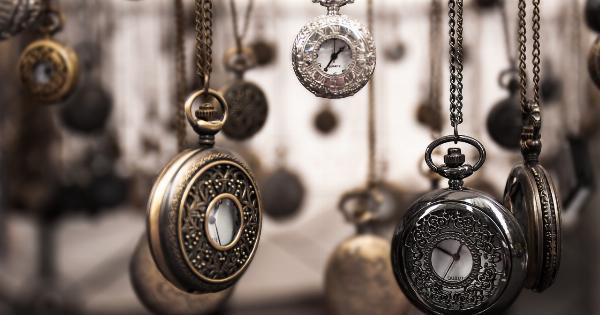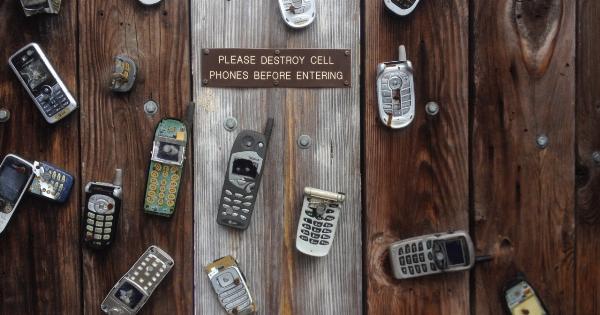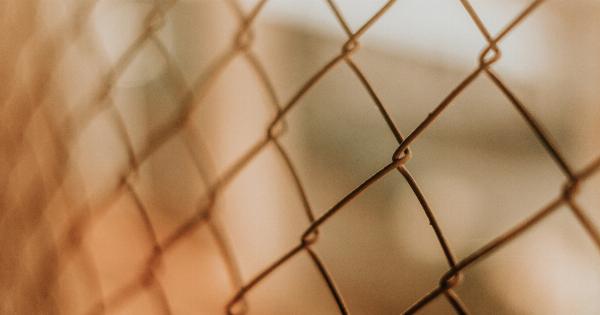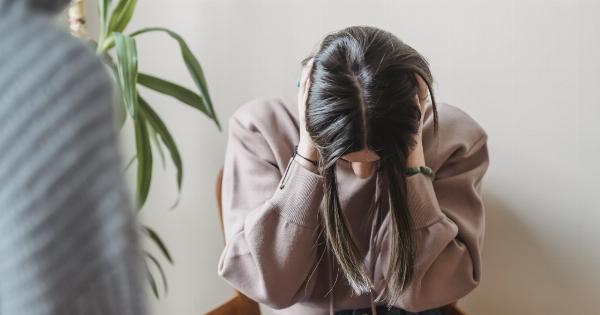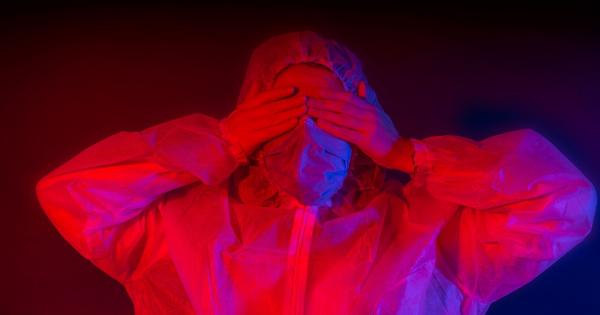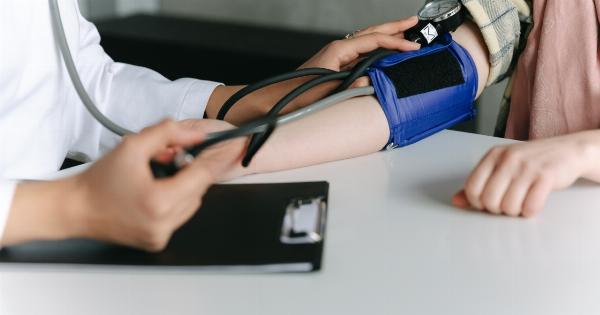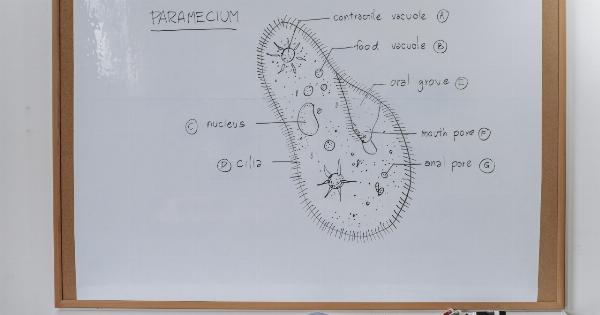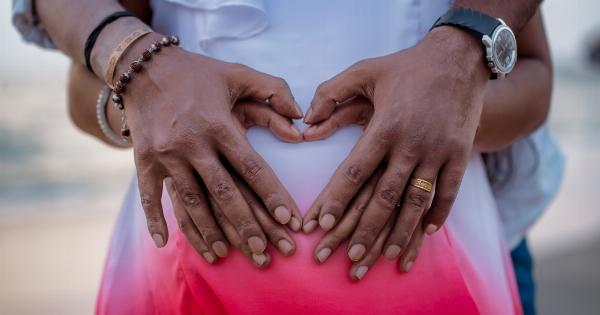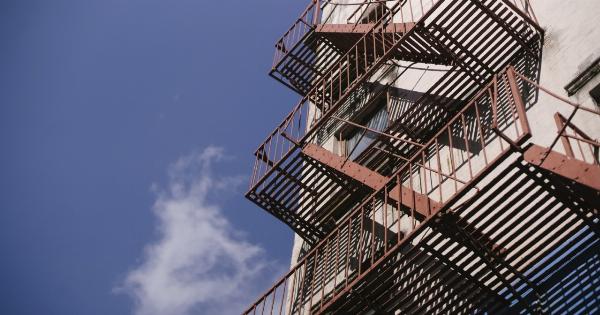Anemia is a condition characterized by a decrease in the number of red blood cells or a decrease in the amount of hemoglobin in the blood. Iron deficiency anemia is the most common type of anemia worldwide and is caused by a lack of iron in the body.
Understanding the signs and symptoms of iron deficiency anemia is crucial for early detection and proper treatment. In this article, we will discuss when to suspect iron deficiency anemia and the key indicators to look out for.
1. Fatigue and Weakness
One of the most common symptoms of iron deficiency anemia is constant fatigue and weakness. The body needs iron to produce hemoglobin, a protein in red blood cells that carries oxygen to the tissues.
When there is a lack of iron, the body struggles to deliver enough oxygen to the cells, leading to fatigue and a constant feeling of weakness or exhaustion.
2. Pale Skin
Iron deficiency anemia can also cause changes in skin color. Individuals with iron deficiency may appear pale or have a sallow complexion. This is because the reduction in red blood cells affects the overall blood flow and coloration of the skin.
If you notice a paleness in your skin, especially in conjunction with other symptoms, it may indicate iron deficiency anemia.
3. Shortness of Breath
If you find yourself easily short of breath, it could be a sign of iron deficiency anemia. The lack of iron affects the oxygen-carrying capacity of the blood, leading to difficulties in breathing.
This symptom is particularly noticeable during physical exertion or even during simple activities like climbing stairs or walking short distances.
4. Rapid or Irregular Heartbeat
The heart compensates for the decreased oxygen in the blood by pumping more rapidly, resulting in a fast or irregular heartbeat. This can manifest as palpitations or a fluttering sensation in the chest.
If you experience a rapid heartbeat even at rest, it is important to consider iron deficiency anemia as a potential cause.
5. Brittle Nails
Iron deficiency affects not only the blood but also other body tissues. Brittle or spoon-shaped nails can be a visible sign of iron deficiency anemia.
When iron levels are low, it impacts the production and strength of the nails, making them fragile and prone to breaking.
6. Restless Legs Syndrome
Restless legs syndrome is characterized by an uncontrollable urge to move the legs, usually due to uncomfortable sensations such as tingling or crawling. It has been observed that iron deficiency anemia is often associated with restless legs syndrome.
If you find yourself experiencing these sensations, especially at night or when you’re trying to relax, it could be a sign of iron deficiency.
7. Pica
Pica is a condition where individuals have an intense craving for non-food items, such as clay, dirt, or ice. Although the exact cause of pica is unknown, it has been linked to nutritional deficiencies, including iron deficiency anemia.
If you or someone you know has an unusual craving for non-edible substances, it’s important to consider iron deficiency as a potential cause.
8. Cold Hands and Feet
Poor circulation caused by iron deficiency anemia can lead to cold hands and feet. When the body lacks iron, it diverts blood flow away from the extremities to vital organs, reducing circulation to the hands and feet.
This can result in a constant sensation of coldness in these areas.
9. Headaches and Dizziness
Iron deficiency anemia can also manifest as frequent headaches and dizziness. The reduced oxygen supply to the brain can lead to these symptoms.
If you experience persistent headaches or dizziness, especially in conjunction with other signs of iron deficiency anemia, it is important to consult a healthcare professional.
10. Unusual Food Cravings
In addition to pica, iron deficiency anemia can cause specific food cravings. It is common for individuals with iron deficiency to have a strong desire for unusual foods, such as ice, clay, or starch.
These cravings, known as “pagophagia” and “amylophagia,” can be indicative of iron deficiency anemia and should not be ignored.
Iron deficiency anemia can significantly impact an individual’s quality of life if left untreated. Recognizing the signs and symptoms of iron deficiency anemia is crucial for early intervention and appropriate treatment.
If you or someone you know experiences any of the aforementioned symptoms, it is important to consult a healthcare professional for a proper diagnosis and personalized treatment plan.

